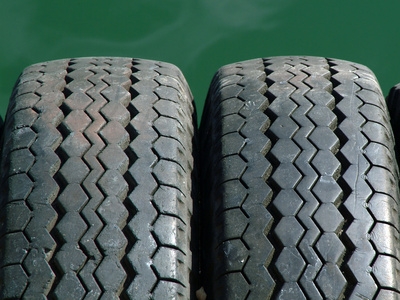
Understanding when is the right time to replace your vehicle's tires is extremely beneficial. You can easily save money and time by knowing what circumstances require a simple repair compared with a scenario that demands new tires.
There are several circumstances that dictate needing an alignment rather than new tires. These include uneven wear and tear on your tires.
Normally, flats are not a sign of needing new tires. Flats typically are repairable, although occasionally the damage is too great to fix.
Under- or over-inflation is also an issue. Signs for under-inflation include tires with edges that are worn. Signs for over-inflation include tires with just the center worn. These are not signs that you need new tires.
Tread is the most useful guide for determining whether you need new tires. Most new tires include tread wear indicators. When tires are worn past the legal limit of 1/16th of an inch, the hard-rubber indicators begin to show--often leaving distinctive grooves in your tire tracks. The speed at which tires become completely worn depends on the amount and type of driving; it ranges from several months to several years.
You can measure tread by sticking a ruler in the grooves. If your tread is less than 1/16th of an inch, you need new tires.
A less precise method of measuring tread is using a penny. If you stick a penny into the groove and can see the top of Abraham Lincoln's head, you need new tires.